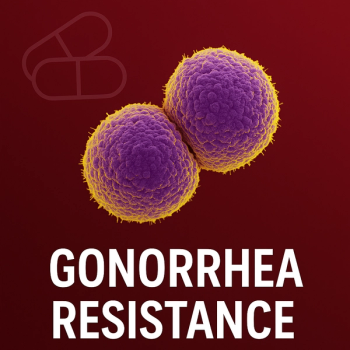
PrEP Strategies Aimed at Young Black and Hispanic MSM Could Yield Greatest Results
PrEP strategies could be most effective when targeted to demographics at the highest risk of infection including young black and Hispanic men who have sex with men.
Young black and Hispanic men are disproportionately affected by HIV, and targeted pre-exposure prophylaxis (PrEP) strategies for those with high risk of infection could have the greatest impact on HIV prevention, according to a recent study.
The study, published in the
“Our study showed that PrEP use among young (≤25 years) Black and Hispanic MSM at high risk of HIV is the most efficient strategy to reduce transmission,” Mina Kabiri, PhD, a research scientist at Precision Health Economics, told Contagion®. “For example, we estimated that PrEP use among 10 young Black MSM could prevent 1 new HIV infection, as opposed to 70 PrEP users in the general MSM population.”
Investigators developed an agent-based model to simulate the HIV epidemic among MSM in the United States and estimate the number needed to treat (NNT) with PrEP to prevent 1 HIV infection during a 5-year projection period, 2016 to 2020. As a benchmark, they compared these results with the NNT calculated for statins to prevent myocardial infarction.
“We were surprised to observe that the estimated NNTs to prevent 1 HIV infection for PrEP when targeting black and Hispanic MSM were much lower than the statins’ NNT to prevent 1 myocardial infarction,” Kabiri said. “Yet PrEP uptake and coverage are low, even more so among the MSM at higher risk of contracting HIV. Studies have shown that 70% of MSM PrEP users are white, while the prevalence of HIV among black MSM is over 2-fold greater compared to white MSM.”
NNT was 10 for young black MSM, 33 for all black MSM, 35 for young Latino MSM, 63 for all Latino MSM, and 70 for all MSM, compared with the benchmark of 56 for statins. The study also found reductions in secondary infections to be 53.2% among young Hispanic MSM and 37.8% among young black MSM.
The study highlighted the need to reduce racial disparities and noted that access to PrEP among black and Hispanic populations could be inhibited by factors such as limited access to quality health care and insurance coverage, poverty, and higher rates of incarceration.
“It is essential to develop a multi-disciplinary approach to reduce health disparities and increase PrEP uptake among MSM at high risk of HIV, particularly young black and Hispanic MSM,” Kabiri told Contagion®. “Clinicians, epidemiologists, and behavioral health experts could aid policy makers in improving outreach, but it is crucial to ensure PrEP access when these young individuals agree to show up at the doctor’s office.”
Persistence on PrEP also has been a concern. A
A
Newsletter
Stay ahead of emerging infectious disease threats with expert insights and breaking research. Subscribe now to get updates delivered straight to your inbox.



























































































































































































































































































